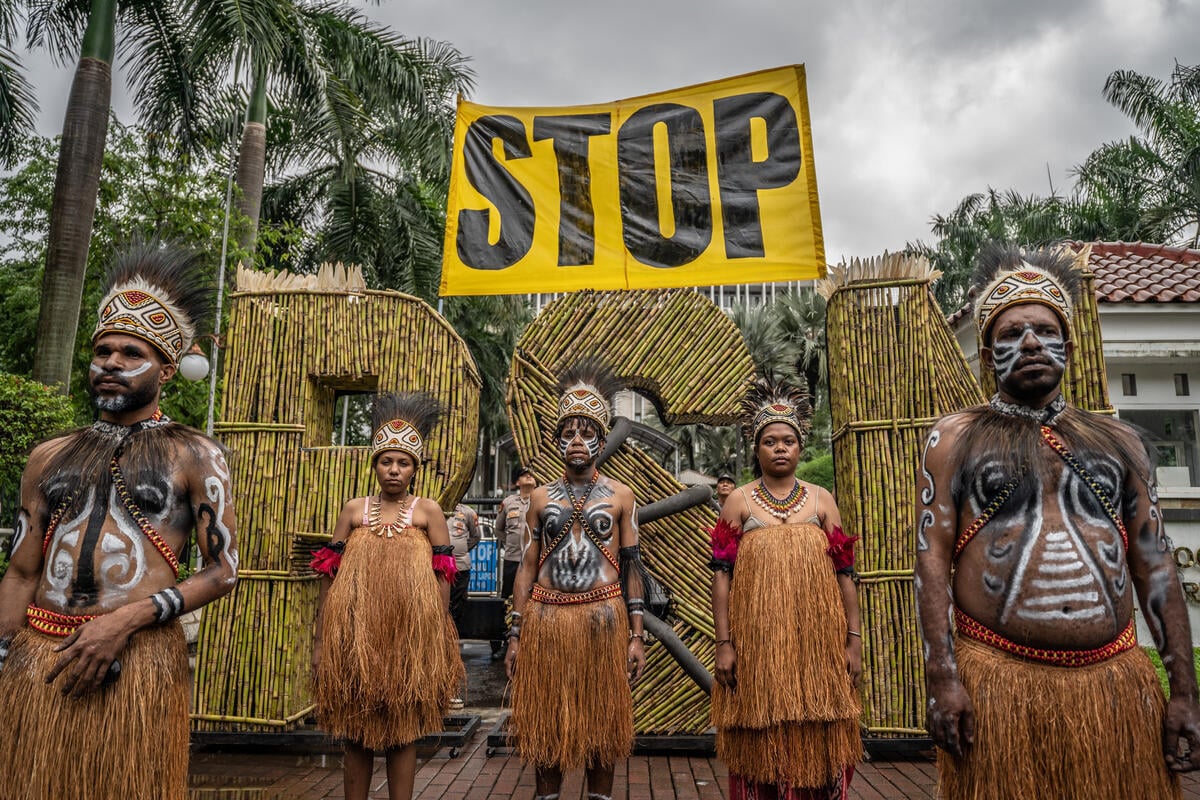Sustainability, Vol. 17, Pages 9850: Neighborhood Decline and Green Coverage Change in Los Angeles Suburbs: A Social-Ecological Perspective
Sustainability doi: 10.3390/su17219850
Authors:
Farnaz Kamyab
Luis Enrique Ramos-Santiago
Suburban green areas provide significant health, economic, social, and ecological benefits. They are a key element in advancing sustainability at local and regional scales. However, they become threatened in the presence of other competing land uses, neighborhood-change processes, and/or weak built-environment governance. Consequently, suburban green area loss and/or degradation is problematic. In this study, we tested whether socioeconomic decline is significantly correlated with loss or degradation of suburban green areas at a neighborhood scale. This phenomenon has been previously studied with a limited sample and methodology and needs further empirical documentation and more nuanced modeling and testing. We employed Social-Ecological System theory in scoping and framing this multidisciplinary study and informing multilevel panel-data regressions. This approach allowed us to identify key factors and lagged effects behind green area degradation in outer-ring suburbs of Los Angeles. In addition to internal socioeconomic factors, random components associated with ecological zonal distribution and county-level clustering registered significant variability in their influence on greater likelihood of green coverage loss and degradation in declining outer-ring suburbs. Findings from this study can inform intelligent spatial planning, management, and monitoring of suburban areas, and showcase the value of a social-ecological system lens in suburban green infrastructure research, as well as contribute to SES theoretical development and research methodology at the neighborhood scale.
Source link
Farnaz Kamyab www.mdpi.com


